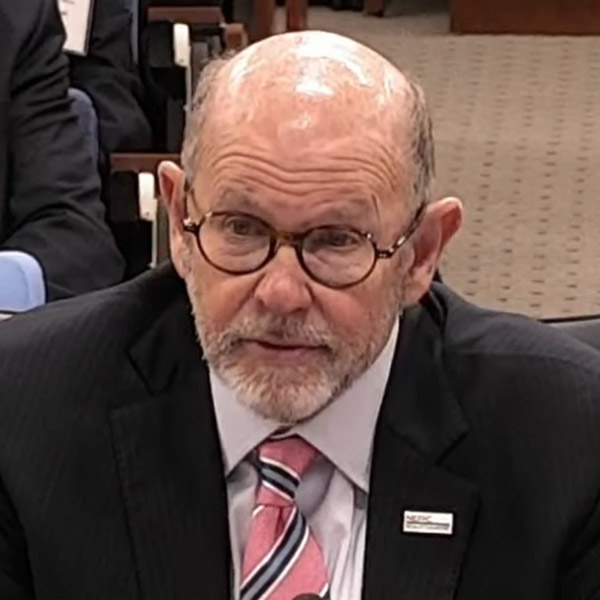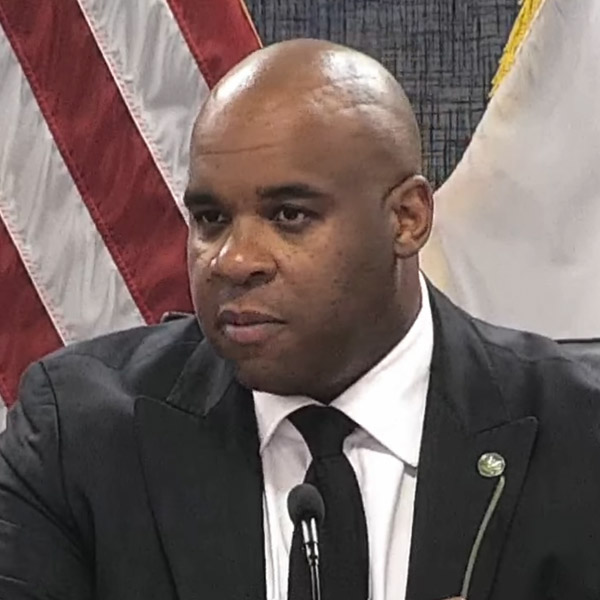FERC continues to fiddle with the return on equity MISO transmission owners can earn, this time setting the base amount at 9.98% while once again eradicating the risk premium model from the calculation.
The Oct. 17 order is the latest in a yearslong string of adjustments to the MISO TOs’ ROE and might represent a step closer to settling the more-than-decade-old debate over which rate inputs are appropriate (EL14-12, et al.).
FERC said when examining the case, it found no evidence that investors use the risk premium model, a conclusion it came to once before in 2019. The commission insisted it made “a principled and reasoned decision supported by the evidentiary record.”
By ousting the risk premium model, FERC again is down to relying on two models — the discounted cash flow (DCF) and the capital asset pricing (CAPM) — to establish a zone of reasonableness and set the ROE at its midpoint. FERC said the new zone of reasonableness is between 7.39 and 12.58%.
FERC ordered MISO TOs to adopt the 9.98% base ROE effective near the end of September 2016 and provide refunds to customers with interest for a 15-month refund period beginning with the date of the initial complaint Nov. 12, 2013.
The commission has tinkered with and set an assortment of ROEs for MISO TOs in recent years: In 2013, it was using a 12.38% rate; after the complaint from MISO transmission customers, it landed on a 10.32% rate in 2016, which was reduced to 9.88% in 2019 and then upped to 10.02% in 2020. FERC said in the latest order that it continued to find the circa-2013, 12.38% base ROE excessive.
FERC has cut the risk premium input once before, when it set the 9.88% base ROE, then changed course when it established the new ROE in 2020 under a Republican majority of commissioners. When formulating an ROE for the privately held MISO TOs, the commission attempts to formulate their stock price as if they were publicly traded. The risk premium model tries to emulate the cost of equity using the premium that investors would expect to earn on a stock investment over the return they would expect to earn on a bond investment.
FERC found the ROE case back on its docket because of the risk premium model’s inclusion since 2020. The D.C. Circuit Court of Appeals in 2022 vacated FERC’s 10.02% value. The court said it didn’t understand why FERC would spend pages describing the risk premium model’s shortcomings, circular nature and scarce use only to reinstate its application in 2020. (See DC Circuit Sends FERC Back to Drawing Board on MISO ROE.)
FERC left the other two models alone and continued to find a DCF zone of reasonableness at 6.97 to 12.07%, and the CAPM’s range is 7.80 to 13.09%.
While this time FERC said no further changes to the ROE methodology are necessary, it left the door open to including the risk premium model once again if parties can show that potential benefits outweigh concerns with the model.
The commission said it understood that cutting the risk premium model reduces the “diversity of inputs” and increases the weighting for the CAPM and DCF model. FERC said it could be open to using “a blended historical and forward-looking risk premium in the CAPM in future proceedings as a potential means to mitigate volatility concerns with the commission’s ROE methodology.”

